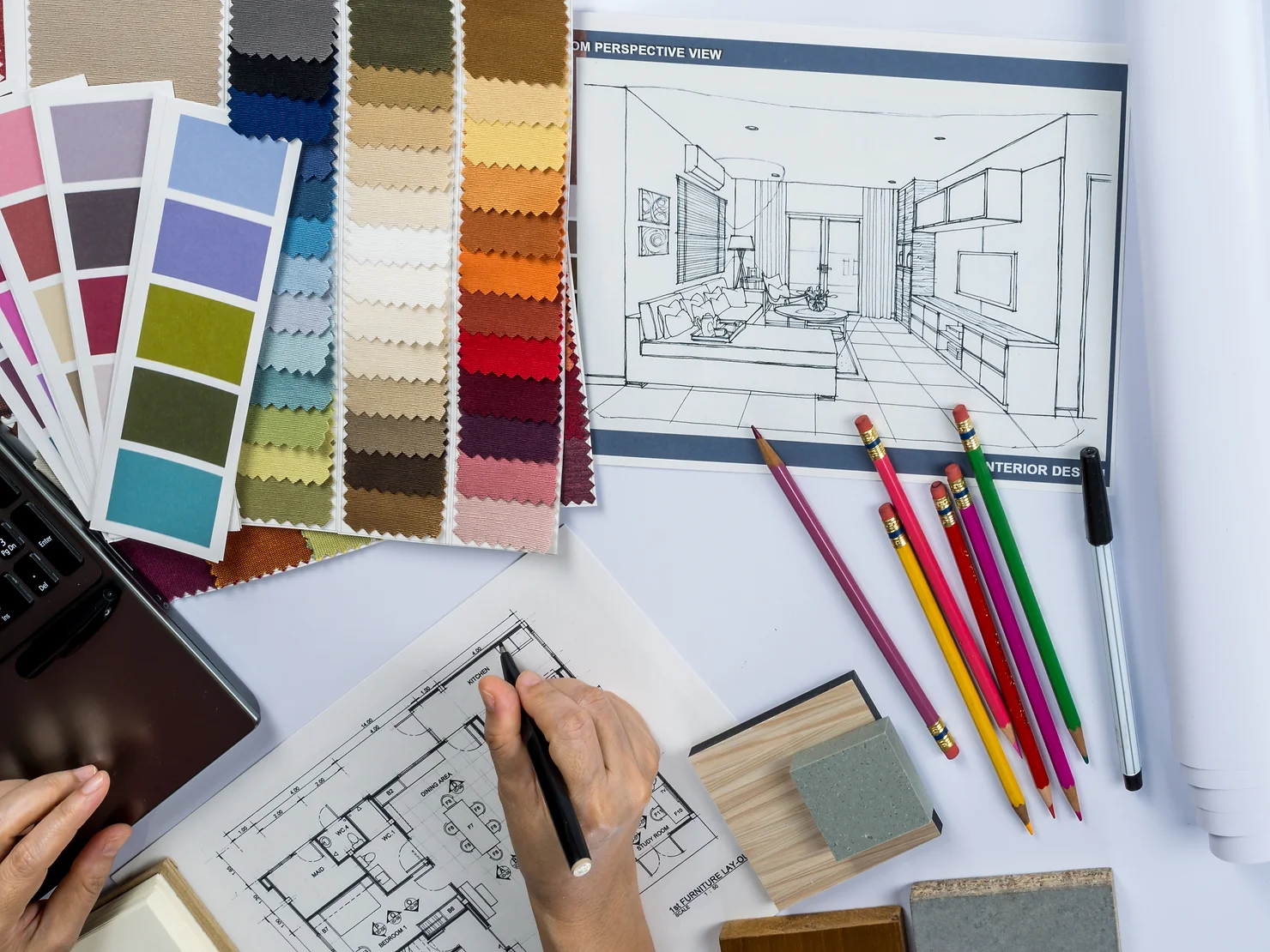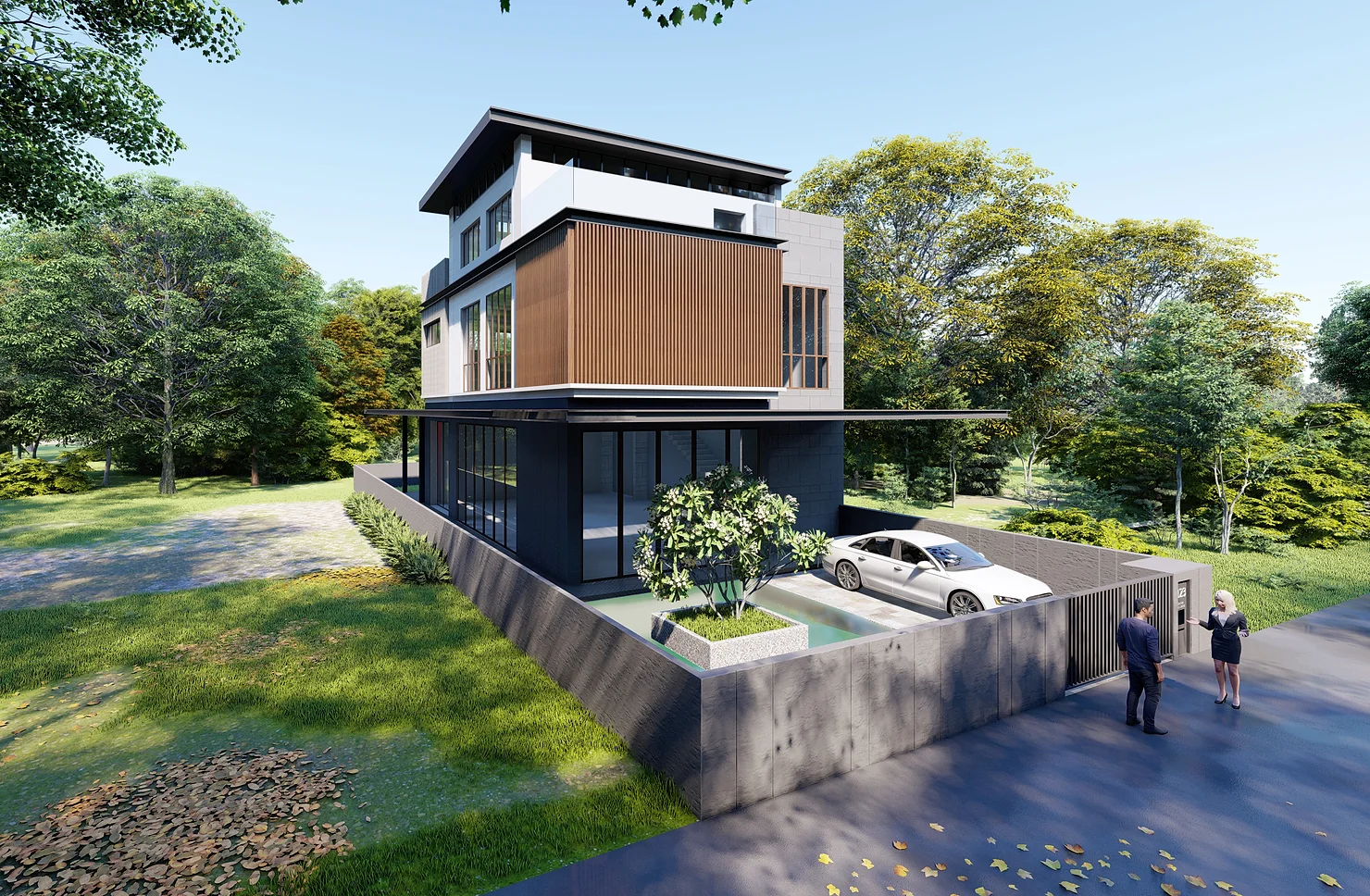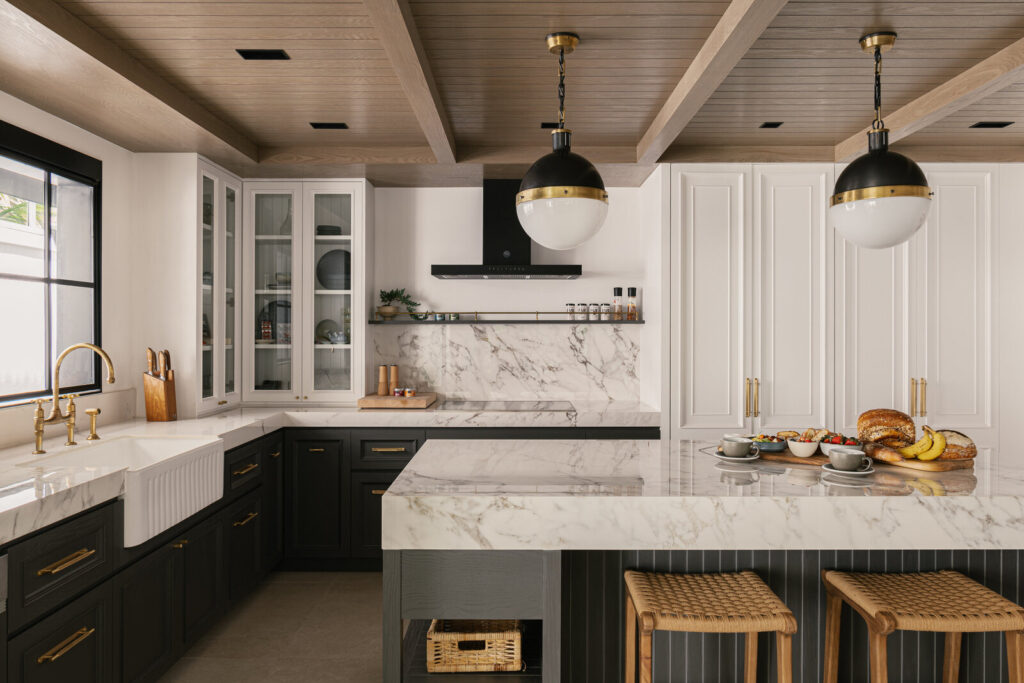
Contemporary Mediterranean interiors defy easy categorization. The modern approach can give the impression that this style is all about intentional statements; however, that is not the case. It has been developing through centuries, gradually, shaped by generations responding practically to their environment. A genuine contemporary Mediterranean style extends way beyond fleeting trends, in direct conversation with the demands of climate, geography, and diverse local traditions.
A Complex Background of Contemporary Mediterranean Interiors
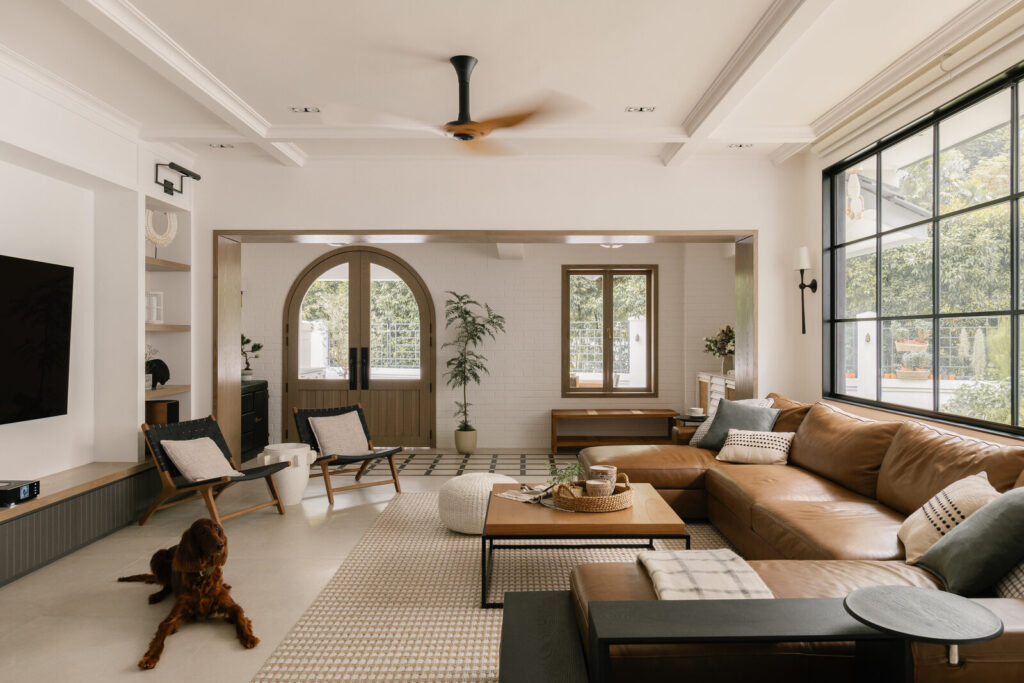
Three words here: history, climate, practicality.
It all begins with the Mediterranean sun. It’s intense, and most days in a year are filled with it. For centuries it has directly influenced how people build and inhabit their homes. Thick walls built from heavy stone or adobe protected interiors from heat, while windows remained modestly sized. Recessed into walls to form pockets of shadow, they created safe havens from midday glare. Courtyards, patios, and backyard gardens were common, mostly as shaded rustic spaces whose features simultaneously provided function and aesthetic charm.
Greek island homes (Santorini and Mykonos architecture being most famous examples) illustrate this relationship well. Each year, islanders carefully apply white limewash—a substance chosen specifically because it reflects heat, sanitizes walls, and protects them from damp sea air. The repetition of this task might look like a tourism bait for some, yet it’s actually a part of village life, a collective ritual born from necessity.
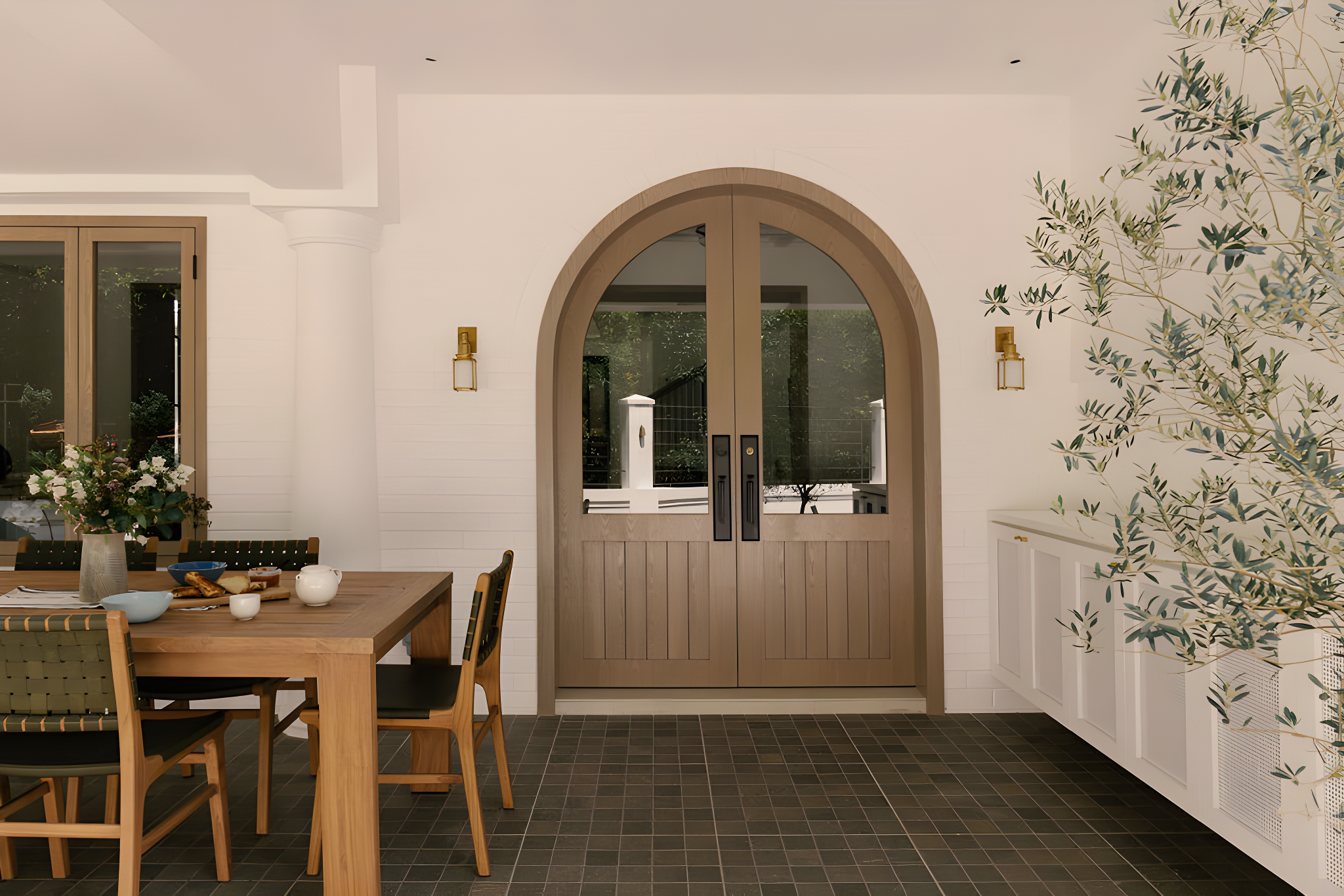
In Andalusia, plaster walls exhibit a deliberately rough finish. Historically, artisans shaped these surfaces unevenly, knowing the texture helped scatter harsh sunlight, reduce glare, and thus soften the interior atmosphere. Talking about sustainable building, huh? In a similar manner, iron grilles that adorn windows and doors in Granada or Seville solve practical problems since their initiation—letting air circulate while securing homes during cool evenings. Terracotta tiles, found in simple farmhouses as readily as elegant townhouses, still keep interiors noticeably cooler, absorbing heat slowly and releasing it gently as temperatures drop.
Southern Italy, particularly in places like Puglia and Sicily, reveals architecture that naturally mirrors its landscape. Stone walls are thick and solid to soak up daytime warmth and slowly release it at night. Traditional farmhouses, called masserie, evolved organically; their large courtyards and shaded porticos were first designed to handle daily agricultural work. Over time, these spaces naturally became central areas for communal gathering, cooking, and daily life.
Contemporary Mediterranean Style as We Know It
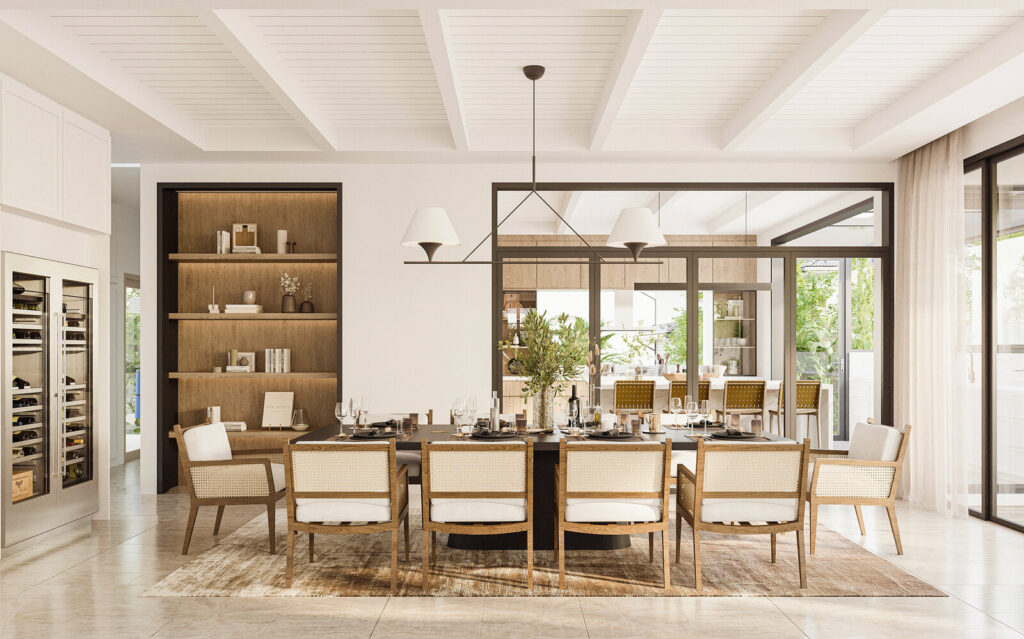
Modern Mediterranean interiors build upon those old habits, but the execution is subtler and often less obvious. Their contemporary version has shed the sentimentality. It keeps the bones, the textures, the relationship with light; what it strips away is the excess—a necessary adjustment in order to achieve a sharper silhouette.
Still, while it eliminates what isn’t necessary, distilling the space down to what matters, contemporary Mediterranean style isn’t minimalism in the strict sense. Done properly, the interior design should feel like a landscape shaped by its environment more than a result of overstyling and decoration.
The Staples of Contemporary Mediterranean Style
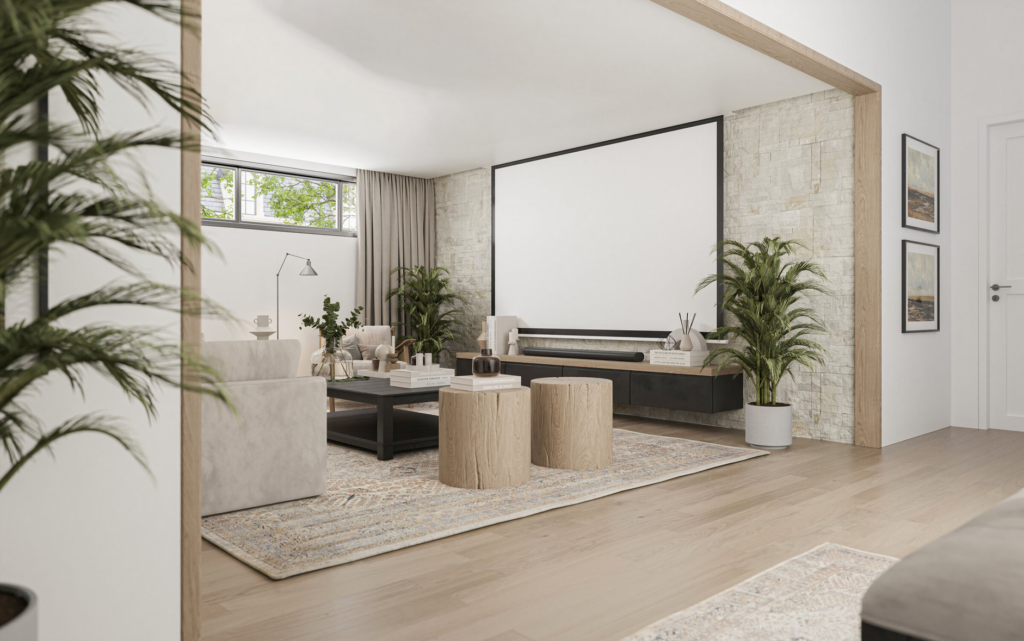
Walls are often layered by hand, unevenly plastered so that each swipe and ridge is visibly present. While it’s often done with modern rustic aesthetics in mind, the original purpose is still present. The uneven plaster diffuses sunlight, reducing glare and creating a gentle softness in interiors that could otherwise feel stark or too exposed. Handmade tiles, each slightly irregular in dimension and hue, thrive on accidental flaws; proudly showcasing a deliberate human touch. They are an evidence of a dedicated craftsmanship that contrasts sharply with uniform, fast-fashion, mass-produced materials.
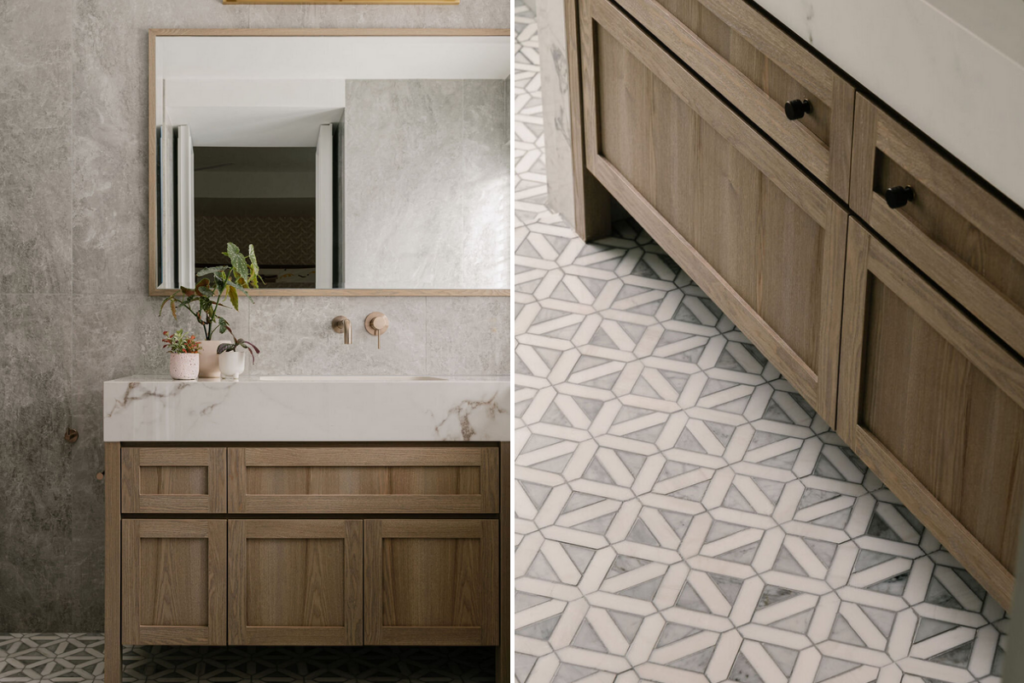
Due to a strong presence of plaster and rock, the walls in modern Mediterranean interiors become sculptural, a backdrop of seamless layers that curve into alcoves or extend into built-in seating. Arches, a defining element of older Mediterranean architecture, still appear but with a cleaner, moderate presence—less ornate, and more about the way they frame light and negative space. Unlike their traditional counterparts, windows tend to be large, sometimes framed in slender black metal, other times left completely open to dissolve the boundary between indoors and out.
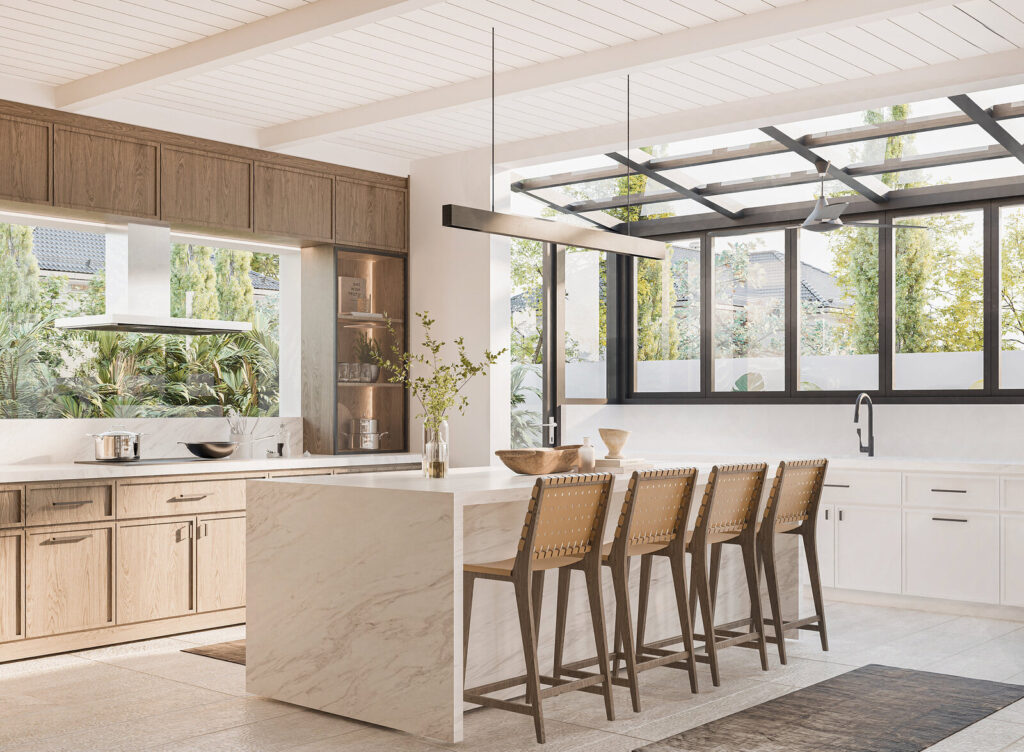
Exposed beams, when present, are lighter in tone than their dark-stained predecessors, often left raw or lightly washed to emphasize the grain. In some homes, vaulted or domed ceilings reflect older architectural influences but are simplified, free from excessive detailing.
The Anatomy of Restraint
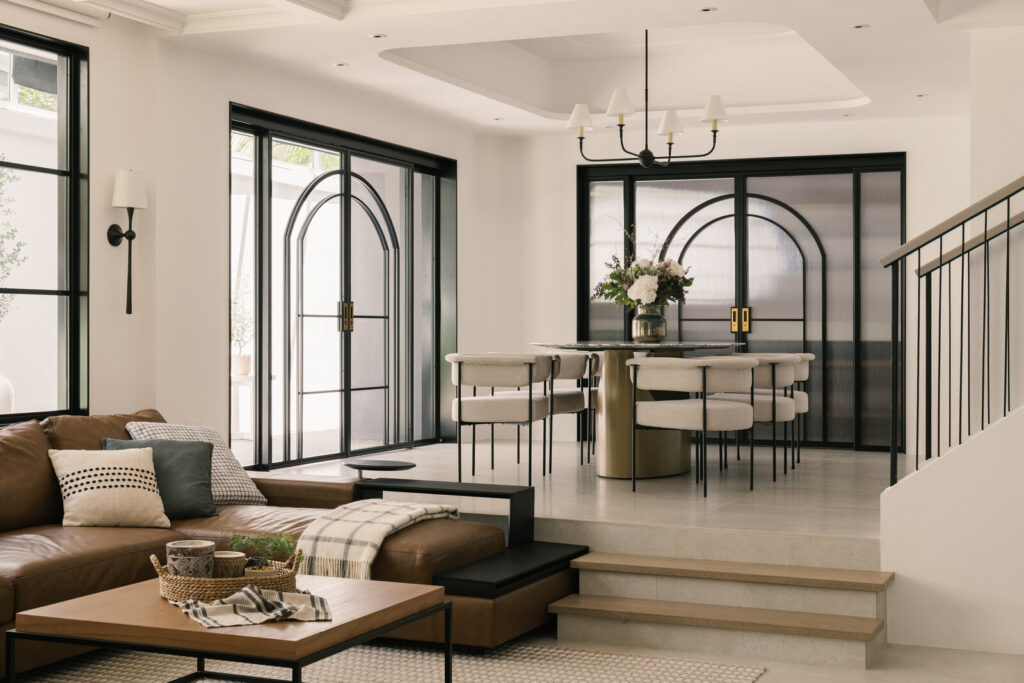
Colors also evolve organically, and this is where the contemporary Mediterranean style can be aligned with trends the easiest. Typical palettes involve neutral and earthy hues, soft greens from olive leaves drying in the heat, sun-bleached terracotta shades from the local soil, and muted blues and greys born from sea winds. Where older Mediterranean spaces layered pattern over pattern with all those mosaic backsplashes, embroidered textiles, and bold ceramic glazes, the updated version keeps its color palette close to the land.
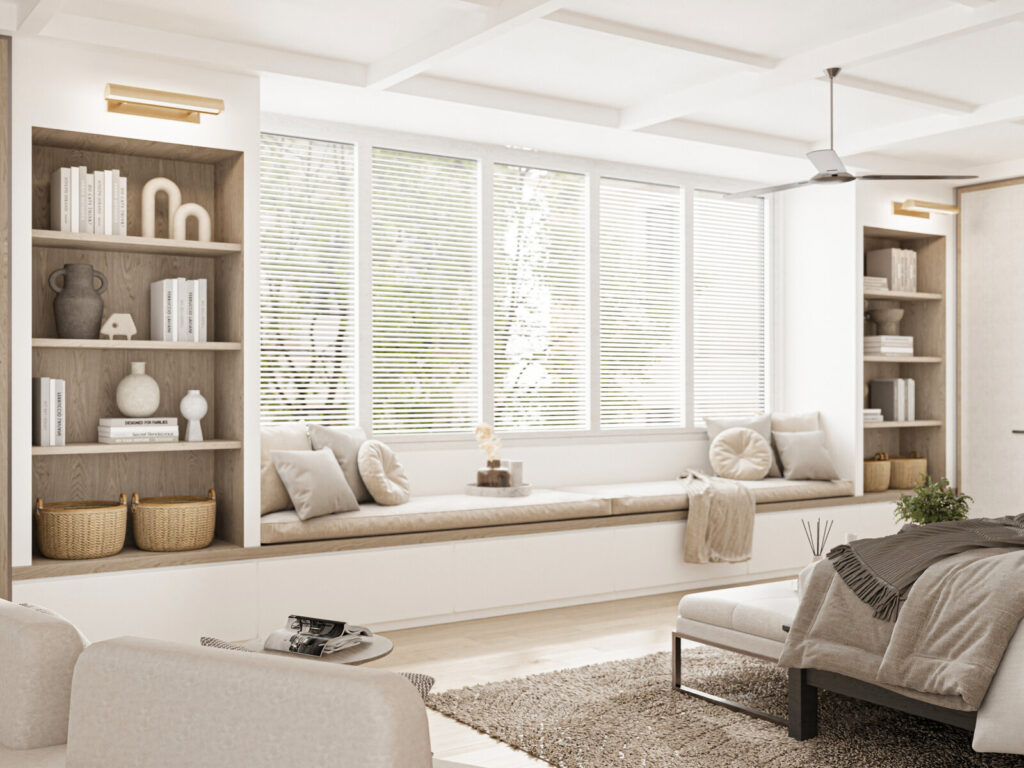
Modern Mediterranean interiors aren’t passive recipients of natural light but active collaborators with it. Sunlight enters interiors gently, casting shifting patterns that evolve slowly throughout the day. Shadows are an important, subtle yet dynamic element that moves slowly along walls and floors and alters the look and mood of rooms hour by hour.
Matter Over Ornament: Texture, Weight, Presence
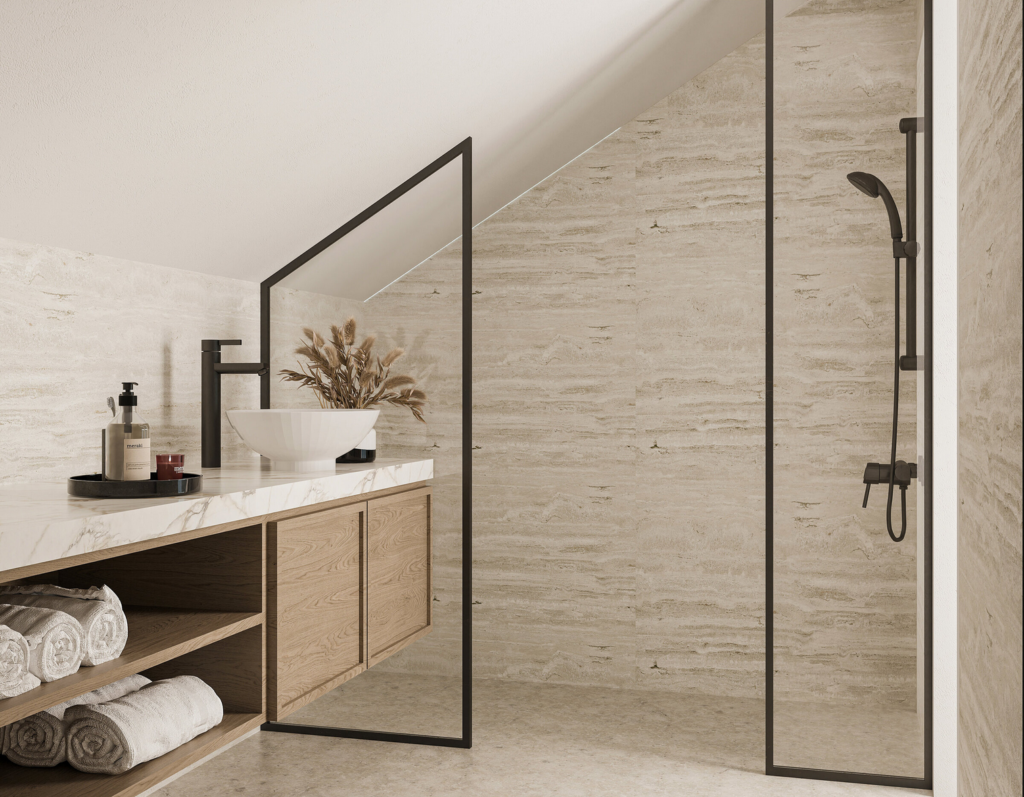
The choice of materials is equally deliberate, practical as much as decorative. Wood is often reclaimed from older structures or sourced locally to carry visible marks of wear that lend authenticity. Stone is still fundamental to contemporary Mediterranean interiors where it serves as a practical feature, an organic accent, plus it shapes the atmosphere. Limestone, travertine, and marble often appear in thick slabs, more honed rather than polished. Stone floors stretch uninterrupted, complemented by backsplashes, walk-in showers, counters, carved basins cut from a single piece, and more.
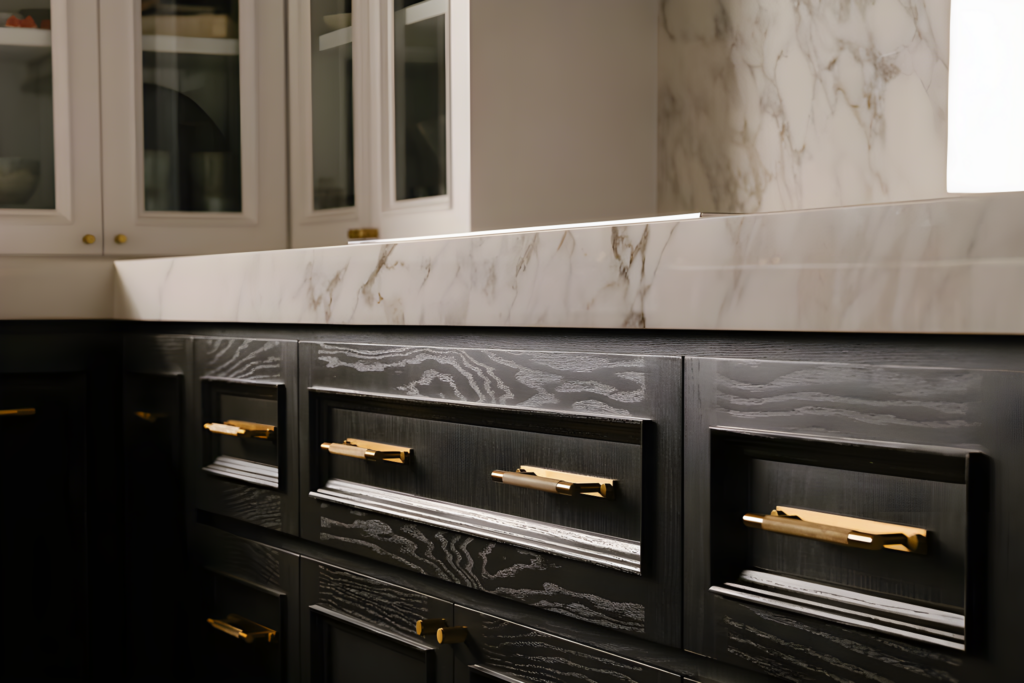
Fabrics are tactile, preferably made from organic fibers. Cotton appears in thick, handwoven throws, often undyed, the softness of the fiber doing the work rather than any added embellishment. Wool, rougher but comforting, grounds the space in the form of Berber-style rugs or chunky knit blankets. Curtains, if they exist at all, are sheer. Nothing is glitzy or perfect, and everything calls to be touched.
Contemporary Mediterranean Style Forms & Layouts
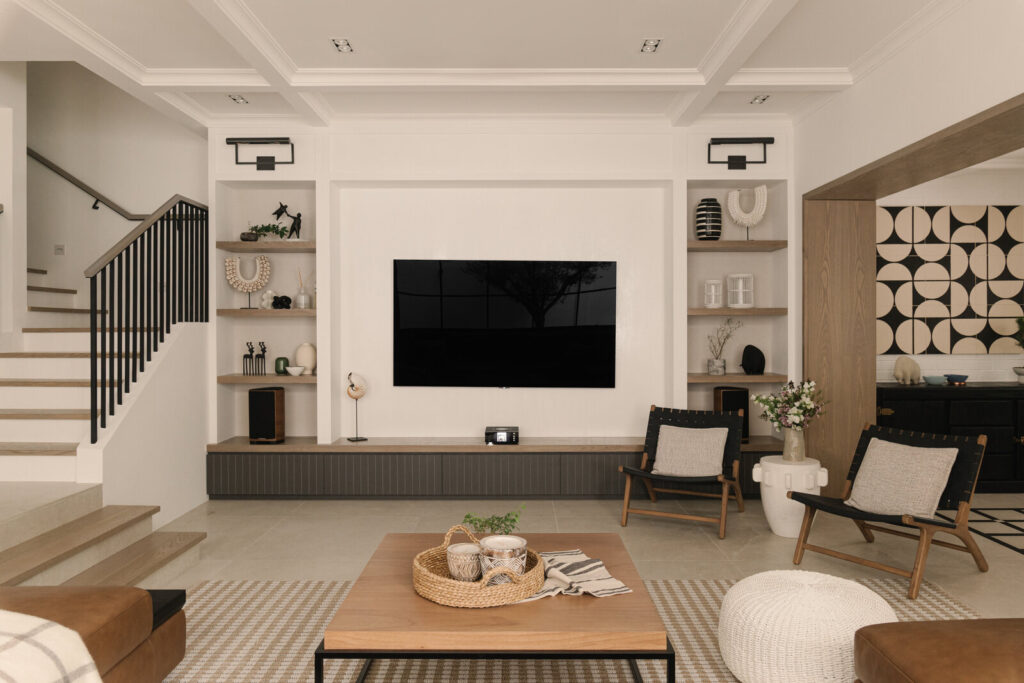
Furniture in modern Mediterranean interiors leans toward the elemental. Pieces feel grounded, substantial, yet never excessive. Sofas are often low and wide, upholstered in neutral-toned linen, leather, or cotton. Built-in seating is common, molded seamlessly from the same plaster as the walls and softened with thick cushions. In contrast to the traditional elaborate carvings of older Mediterranean styles, tables and chairs now favor bold, architectural shapes—solid oak or walnut dining tables (sometimes reclaimed), heavy stools, sculptural side tables.
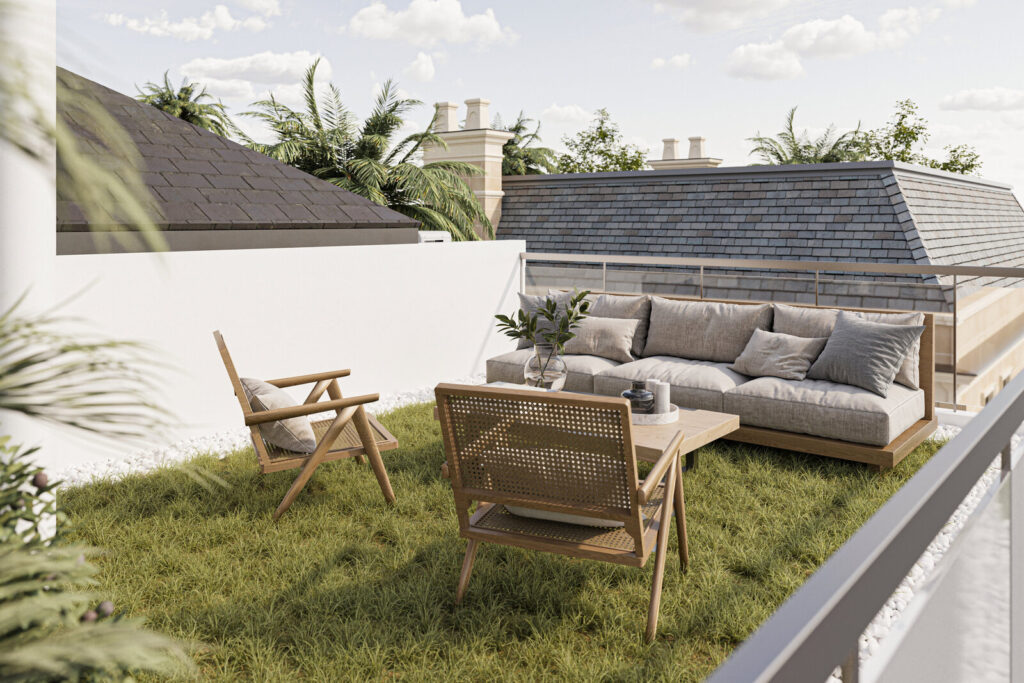
Arrangements are loose, unforced, like a cluster of woven chairs around a rough-hewn wooden table, or a single ceramic vase placed without fanfare on a stone console. Or a reading chair near a window where light shifts throughout the day.
Storage is built into Mediterranean architecture whenever possible—niches carved into walls, wooden shelves embedded in thick plaster. There is a kind of quiet deliberation to it all: nothing extra, nothing that doesn’t need to be there, just objects that feel like they belong.
Shaping Contemporary Mediterranean Interiors with Purpose
This evolution doesn’t reject the past. It refines it, isolates its strongest elements, and lets them stand on their own. What used to be rustic and abundant is now sculptural and restrained. The color is still drawn from the land. The materials still breathe. The light still shapes the space. But there’s a quietness now, a sense that nothing is added unless it belongs.
A well-designed space should feel effortless, but achieving that balance requires a trained eye. The right materials, the right proportions, the right way to let a space breathe—these are the details that turn a house into something more. If you’re looking to bring the allure of contemporary Mediterranean design into your home, partner up with a design-build team that can guide the entire process.
From architectural elements to interior finishes, our experts create spaces that feel rooted yet refined. Get in touch to start shaping a home that doesn’t just look beautiful but lives its best life, together with you.
